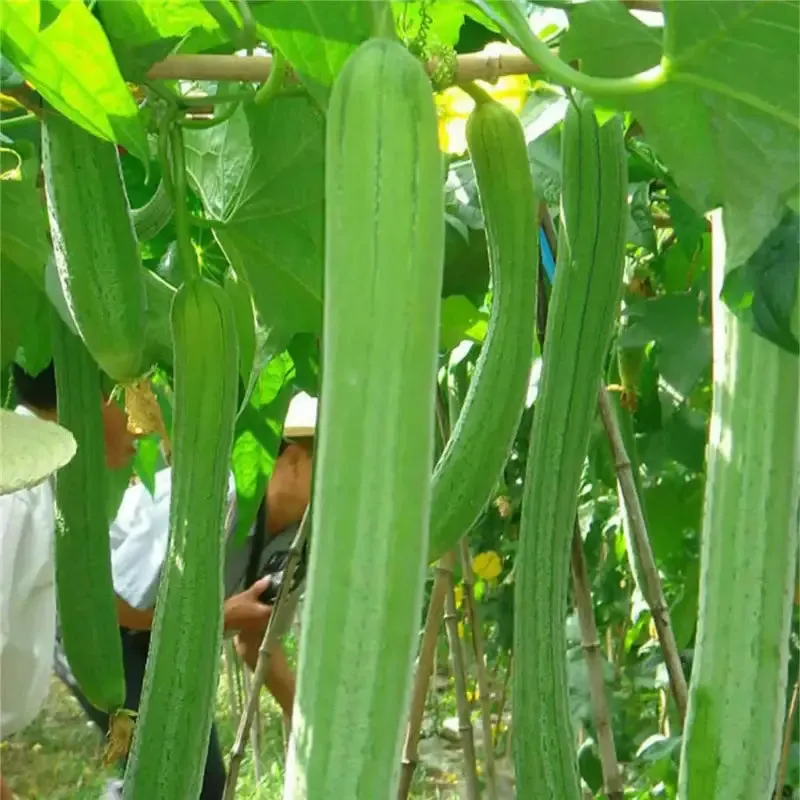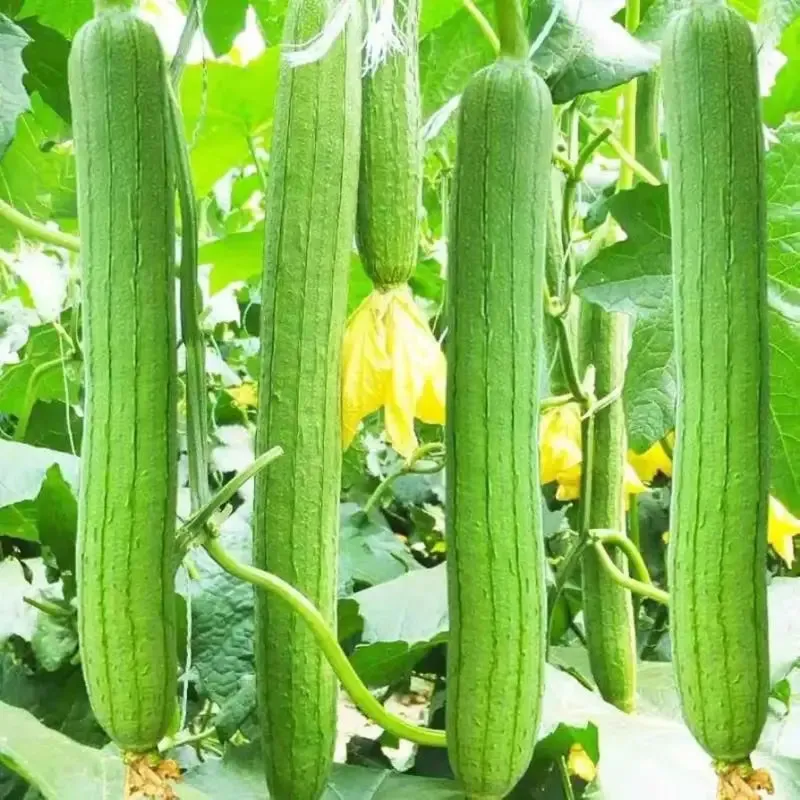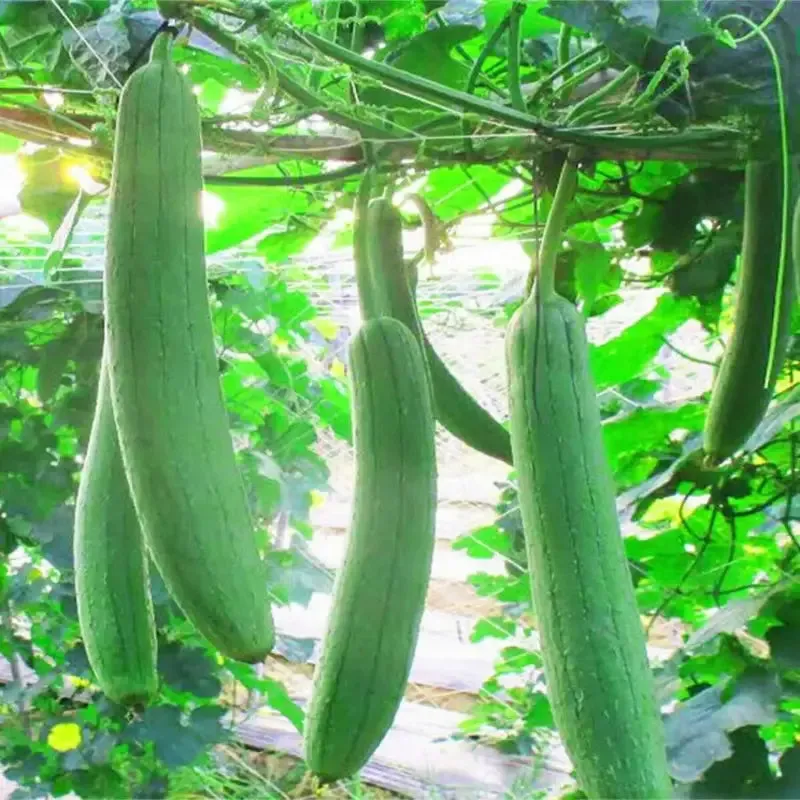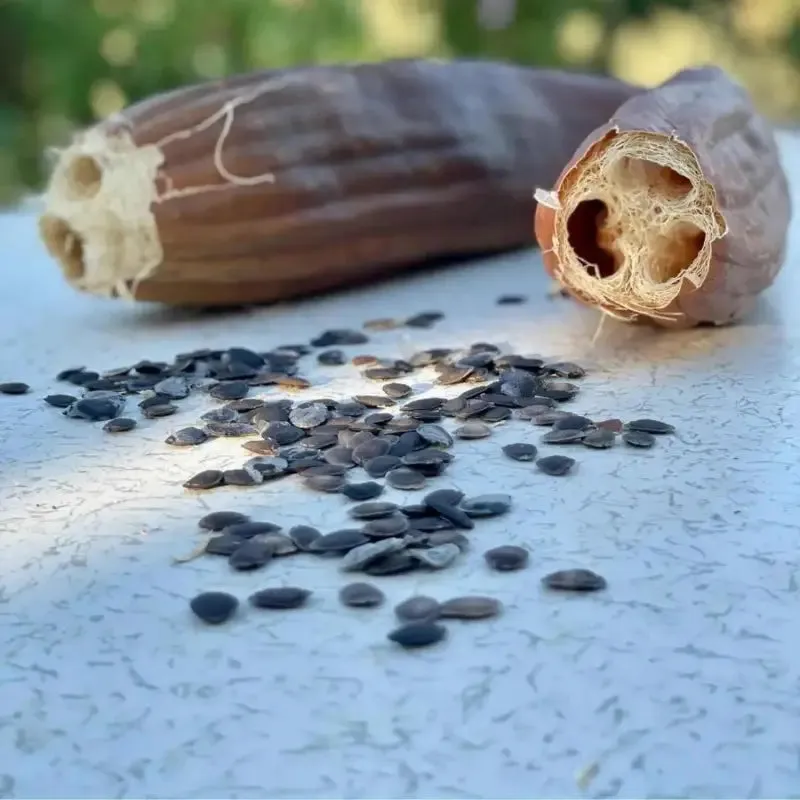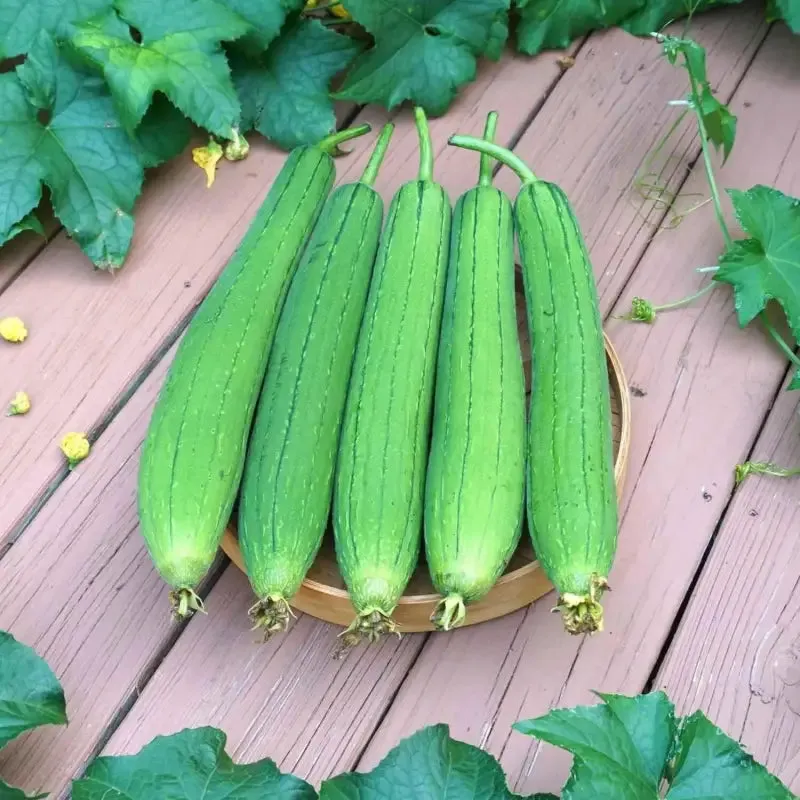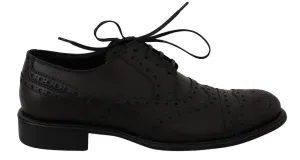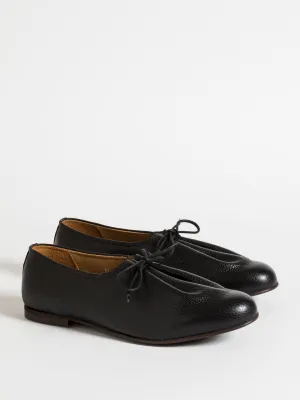Plant your very own Loofah or Chinese okra with our 40 Luffa Seeds and set off on an eco-adventure. Discover the fascinating and adaptable Sponge Gourd, or Ghosaval, with these that aren't genetically modified. A verdant and fruitful garden can be yours at the end of this adventure.
A Healthy Vine
The may grow to be quite tall. An energetic annual vine, it may run or climb, making a verdant show in your yard. Not only is it a beautiful , but it also stands as a testament to the strength and beauty of nature.
Exciting Advancement, Plenty of Benefits
The rapid growth of is an enjoyable aspect of cultivating it. The earliest signs of life, like as flowers, may appear as early as two months after . People who enjoy seeing the results of their work without a long wait will adore this experience because it is both fast and satisfying.
, pickles, soups, curries, and stir-fries all benefit from the luscious Luffa Gourd fruit. Envision the joy of enhancing your meals with the distinctive of Chinese okra, plucked just from your own garden.
Cultivates Heat
As a warm-season crop, does best in hot, humid environments. It’s the best output over the summer. By , you are laying the groundwork for a harvest season characterized by abundant growth.
Changing the Look of the Garden
The process of cultivating Luffa from seed goes beyond simple gardening; it involves establishing a miniature ecosystem right in your own backyard. A small seed may grow into a productive vine; seeing this transformation is an exciting and satisfying experience.
This extraordinary begins with these 40 Luffa Seeds, which are more than simply seeds. They provide an opportunity to that is ornamental and functional in the kitchen. Once you , your garden will grow into a verdant, fruitful, and flavorful haven.
The odd and versatile Luffa (Luffa aegyptiaca), as Sponge Gourd or Ghosaval, is a good choice for seed-starting gardeners who are interested in strange plants. Even at an early age, this is edible; when fully mature, it turns into a sponge. Learn all you need to know to successfully cultivate Luffa .
Learning about Luffa
Lufa is an annual and summer and can go as tall as 30 feet. This prefers full light and belongs to the cucumber family. The that resemble cucumbers or zucchini while it is young, and then it has enormous, yellow flowers when it matures.
Picking Out and Caring for Seeds
Begin with forty Luffa seeds for best germination outcomes. Soaking Luffa can soften their thick shell and make germinating them easier.
Soil Preparation: Luffa thrives in rich, loamy soil that drains well. fertility, which in turn benefits gardeners.
After the , plant them in pots or the ground around half an inch deep. When inside, give yourself four or six weeks before the last expected frost date. Soil temperatures of about 70°F, or 21°C, are ideal for luffa seed germination.
Seeds typically take 7–14 days to germinate, but in less-than-ideal soil conditions, it might take longer.
Transplantation and Care
Before transplanting seedlings from an location, be sure the soil is warm and frost is no longer a concern.
Strong fences or trellises can provide the vines with a surface to cling to. A lot of vertical space is needed by luffa plants because of how quickly they develop.
Always water until the soil is moist, but not soaked. Luffa plants, once planted, may survive dry spells; nevertheless, they thrive when watered often.
and breathe properly.
Harvesting
Pick luffa gourds for eating at the same time as cucumbers, when they are small and tender, around 6 to 8 inches long.
To Insects: The best way to get a light, brown gourd is to let it mature on the vine. The out. Rinse the sponge well to remove any remaining and skin.
At last
As a fun hobby, produces natural sponges and tasty delicacies. Give this odd plant what it needs—a lot of heat, sunshine, and a solid base to grow on—and it will reward you handsomely. Luffa isn't only pretty to look at; it has several useful functions as well, like a sponge for cleaning, taking baths, or even young.
Luffa is a plant whose botanical name is Luffa aegyptiaca. You can find luffa seeds at most garden shops and online. Growers will also sell or give you local seeds as each gourd produces 100-200 seeds depending on size. The seeds are large and black and have a hard outer shell. The fruit section of L. aegyptiaca may be allowed to mature and used as a bath or kitchen sponge after being processed to remove everything except the network of xylem fibers. If the loofah is allowed to fully ripen and then dried on the vine, the flesh disappears, leaving only the fibrous skeleton and seeds, which can be easily shaken out.
Learn how to grow luffa gourd, an heirloom vegetable that can be used as a natural sponge. Find out how to harvest, cure and use the gourds for bathing, cleaning and more.
Grow your own Luffa gourds, the natural and luxurious sponge gourd, and bypass boutique prices. These loofah sponge gourds, part of the gourds family, offer a sustainable cleaning solution and a fascinating garden.
Luffa Gourd - Luffa Aegyptiaca This unique gourd produces a dishcloth/sponge once it is mature. Before setting fruit, its yellow flowers are excellent for pollinators.
Harvest ornamental Luffa Gourd at 2" long for delectable baby vegetables - young fruits can be used in soups and stews, and nicely substitute for cucumbers. Harvest gourds at 7" long for drying into loofa bath sponges.
Grow your own renewable and environmentally friendly loofah sponge from seed! Luffa is easy to grow, and can even be cooked and eaten when young.
Gourd seeds - Luffa [Luffa aegyptiaca] HEIRLOOM -Luffa plants have so much more to offer than just bath sponges! Grow them for their care-free, rampantly exuberant vines which produce lovely 2" white flowers in summer heat.
Buy luffa gourd seeds online and grow your own natural bath sponges. Learn about the history, benefits and cultivation of this tropical vegetable that transforms into a fibrous scrubber.
Beautiful - Large full-color packet of Luffa (or Loofah) Gourd (Luffa aegyptiaca) seeds. Grow your own bath sponge! Luffa is easy to grow, with long hanging gourds that can be peeled and used
3-7 in., light green, cylindrical fruits
After curing can be used as a sponge
Vines will climb a fence or trellis
Heirloom variety
Can be harvested young and eaten as vegetable
Grow your own bath or cleaning sponges, naturally. An heirloom variety, luffa gourd produces 3-7 in., light green, cylindrical fruits. Harvest them at the small stage and eat as a vegetable—or let the fruits mature on the vine, harvest and cure. When the gourd is dried, peal the skins and use the sponge for bathing, washing dishes or other household cleaning.
Luffa vines can grow 10-12 ft. long—growing near a fence or trellis is recommended. In Northern regions, start gourd seeds indoors and transplant the young plants to the garden after danger of frost has passed. 120 DAYS.
Growing your own supply of natural sponges is easy and fun.
Luffa (loofah) sponges do not come from the sea but from the vegetable garden.
These natural scrubbers belong in the family of plants that include gourds, squashes, pumpkins, cucumbers, and melons. They are most closely related to cucumbers in appearance and growing habits. They can be used as household scrubbers, body exfoliators, and young luffas are even edible and delicious when added to simple dishes and stir-fry recipes.
If you added luffas to your garden this year Fall is the time for harvest. They may also be seen for sale at local farm stands and natural food stores. You may also find local seeds for sale that you can save for next year and start your own healthy skincare spot in your garden.
Not a new plant, Luffas are actually an old-world one that has been used and cultivated since ancient times. The Egyptians grew these gourds for food and also used the fibrous skeleton to make shoes and sandals. Prior to World War II luffas were also used on ships as filters and also as insulation material. Today they are best known as scrubbers and a food source and grown and used all over the world.
Luffa is the perfect addition to your garden space. They are usable plants, edible, compostable and pollinators love their bright yellow flowers. They are also easy to grow if you give them plenty of sunshine, water, and a place to climb.
The botanical name of luffa is Luffa aegyptiaca and you can find seeds at most garden shops and online. Also, growers will gladly sell or give you local seeds as each gourd produces 100- 200 seeds depending on size. The seeds are large and black and easy to handle they do have a hard outer shell.
Many people like to start their seeds inside before planting as it does take almost ninety days to produce a full-grown sponge and depending on where you live you may not have this long of a growing season outdoors. The best method for starting your seeds is to clip them slightly at their base (rounded end of seed).
Then soak the seeds for 24 hours. Wrap the soaked seeds in a piece of damp paper towel and place them inside a plastic bag and set them in a warm spot. Check your seeds in about a week to ten days they should have sprouted. Luffa seeds can take a few weeks to germinate so this method works well as you know your seeds have sprouted before planting.

